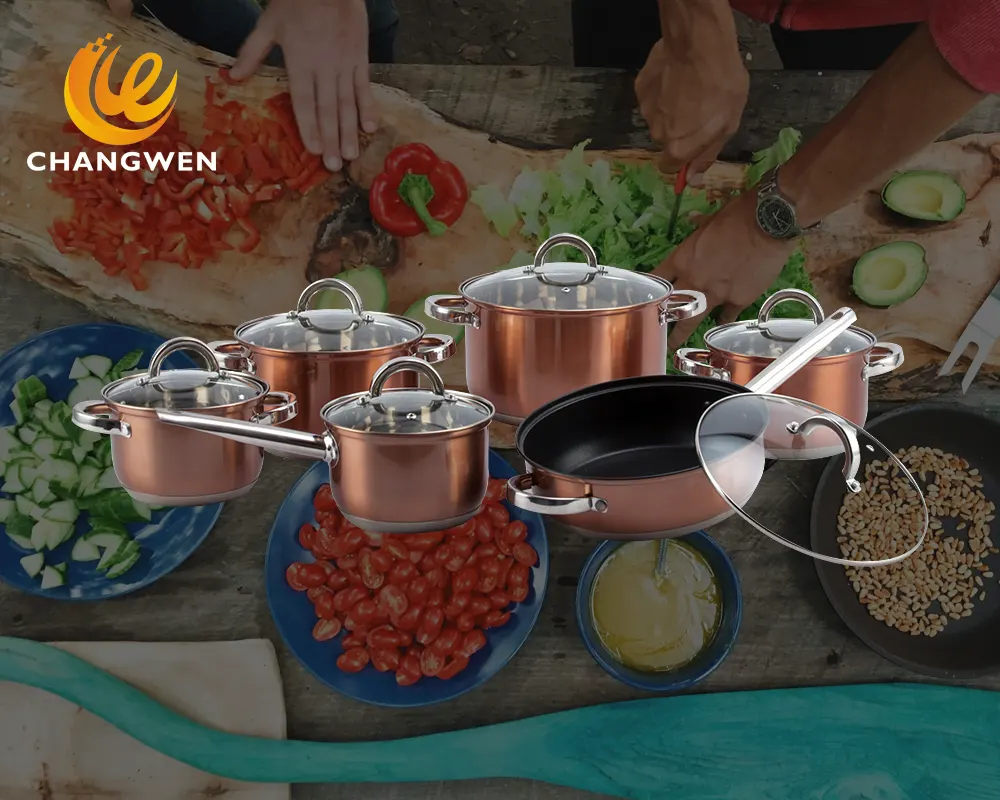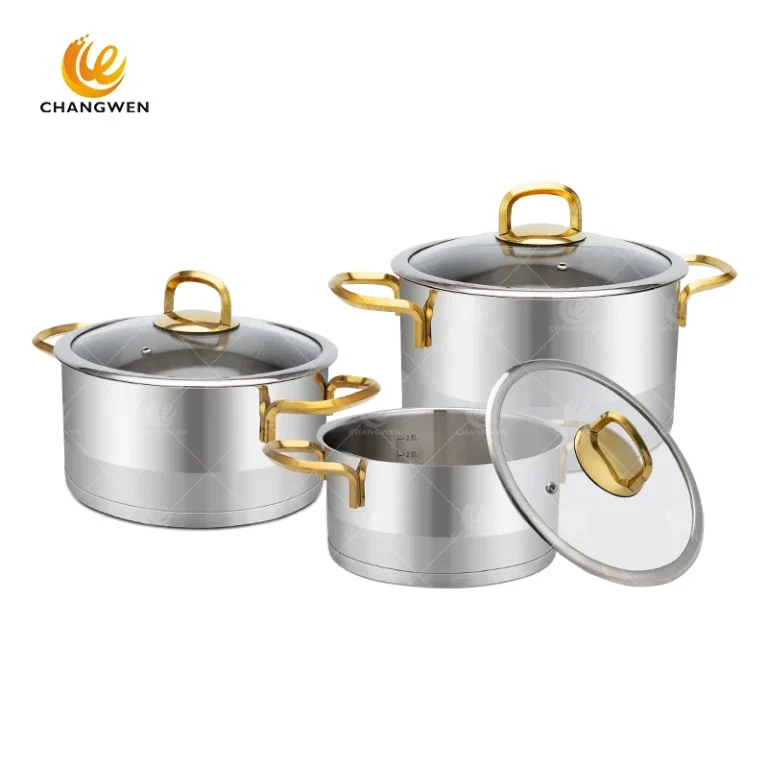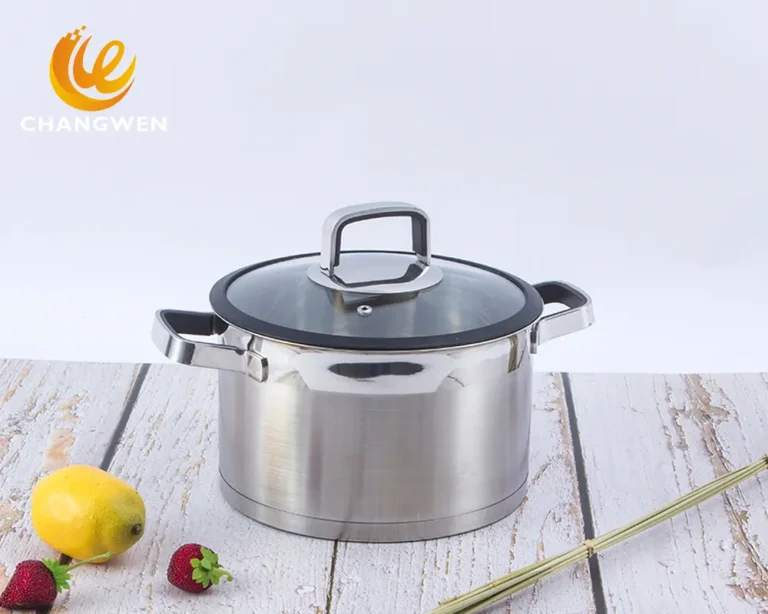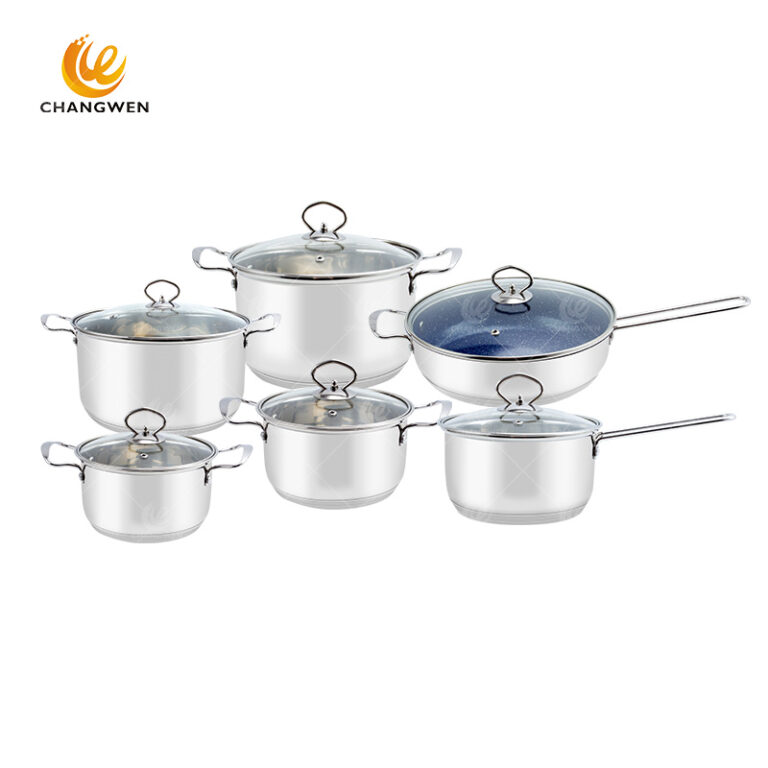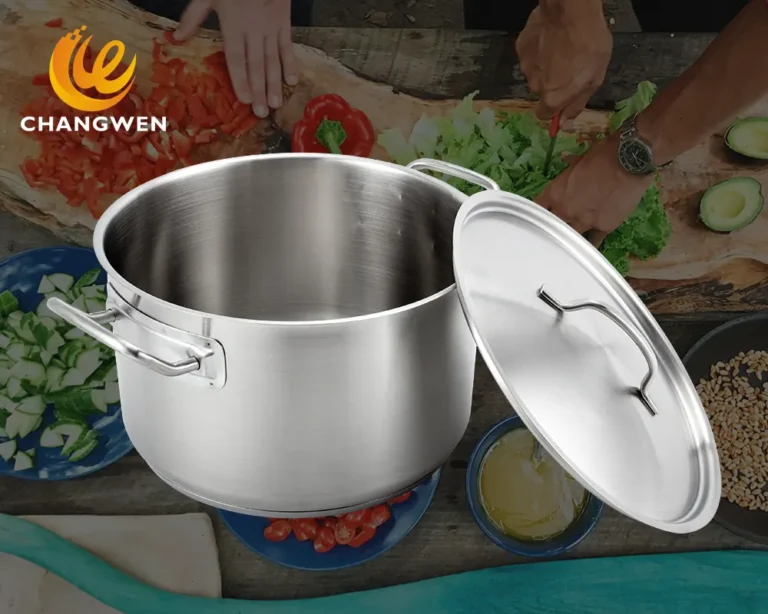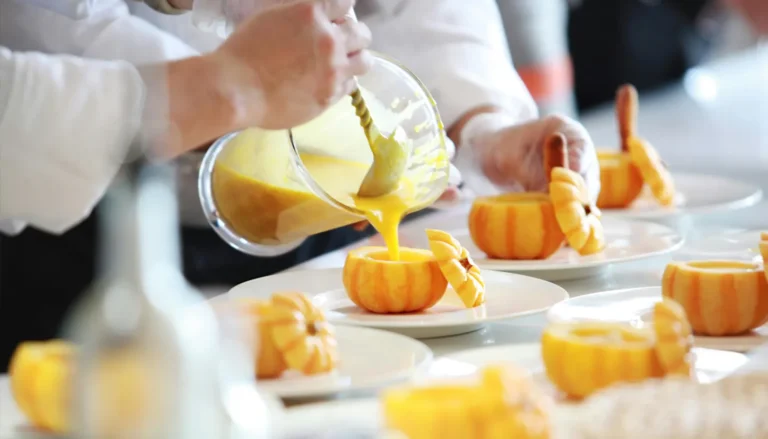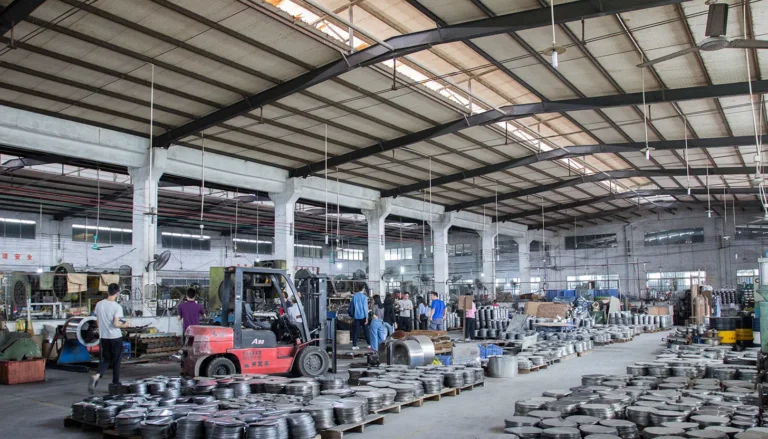The Evolution of Cookware: A Manufacturer’s Journey Through Time
As a cookware manufacturer and blogger, I’ve come to appreciate the intricate process and technological advancements that have shaped our industry. Cookware isn’t just about pots and pans; it’s about innovation, craftsmanship, and history. Let’s take a journey through the timeline of cookware materials from a manufacturing perspective, exploring how we’ve evolved and adapted to meet the needs of home cooks and professional chefs alike.
1. Prehistoric and Ancient Times: The Birth of Cookware
The history of cookware manufacturing dates back to the earliest human civilizations. Our ancient counterparts began with simple clay pots around 24,000 BCE. These pots were crafted by hand and fired in open kilns—a rudimentary yet effective process. As manufacturers, we’ve refined these techniques over the millennia, but it’s fascinating to think about how it all began.
Bronze Age (c. 3000 BCE):
The introduction of bronze was a game-changer. Crafting cookware from bronze required advanced metallurgy skills and was significantly labor-intensive. However, bronze’s durability made it a valuable material despite its cost and weight. Today, we look back at bronze as the foundation of metal cookware manufacturing.
2. Classical Period: Advancements in Metallurgy
Iron Age (c. 1200 BCE):
The Iron Age marked the beginnings of iron cookware. Producing iron cookware was a laborious process requiring high temperatures for melting and forging. Modern techniques have vastly improved efficiency, but the core principles remain the same.
Copper (c. 1500 BCE):
Copper brought another leap in cookware manufacturing. Its excellent thermal conductivity made it a preferred material, though it required tin lining to prevent food reactions. Today, copper cookware is often made with advanced bonding techniques to ensure durability and performance.
3. Medieval to Early Modern Period: Mastering Cast Iron
Cast Iron (6th Century, China):
The manufacturing of cast iron cookware took root around the 6th century in China. By the 18th century, the process involved casting molten iron into molds—a technique that remains largely unchanged. The beauty of cast iron lies in its simplicity and resilience, qualities that continue to make it a favorite among cooks.
Brass (16th Century):
Brass cookware manufacturing became prominent in the 16th century, particularly for items like kettles. The process involved alloying copper and zinc, which gave brass its distinct properties. While less common today, brass remains a fascinating chapter in our industry’s history.
4. Industrial Revolution and 20th Century: Embracing Mass Production
The Industrial Revolution was a monumental period for cookware manufacturing. We harnessed new technologies that allowed for mass production and brought cookware into more homes than ever before.
Aluminum (Late 19th Century):
The discovery of aluminum and its subsequent applications in cookware was revolutionary. Lightweight and relatively inexpensive to produce, aluminum cookware became a household staple. Innovations like anodizing further improved its durability and usage.
Stainless Steel (Early 20th Century):
Stainless steel emerged as a triumphant material in the early 20th century. As manufacturers, we faced challenges with its poor thermal conductivity, but multi-layer bonding techniques quickly became a solution. Laminating stainless steel with aluminum or copper cores made these products highly effective and durable.
Non-stick Coatings (Mid-20th Century):
The invention of Teflon introduced a new era of non-stick cookware. Applying these synthetic coatings required precise technology and quality control. Despite challenges with durability and safety, ongoing advancements continue to make non-stick cookware a popular choice.
5. Modern Innovations: Precision and Performance
Ceramic Coatings (Late 20th Century):
Modern ceramic coatings provided an eco-friendly alternative to traditional non-stick surfaces. These coatings required advancements in material science to ensure they were robust and truly non-stick. Today, ceramic-coated cookware is a testament to our industry’s commitment to sustainability and performance.
Composite Materials and Multi-Ply Construction:
The latest in cookware manufacturing involves multi-ply construction. Combining materials like stainless steel, aluminum, and copper, we craft cookware that boasts the best properties of each. This multi-ply method requires precise engineering and sophisticated equipment, reflecting how far our industry has come.
Conclusion
From ancient clay pots to state-of-the-art multi-ply pans, the journey of cookware manufacturing is a rich tapestry of innovation and craftsmanship. As manufacturers, we’re inspired by this legacy and continue to push the boundaries of what’s possible.
We’re proud to be part of an industry that not only meets the needs of today’s cooks but also honors the ingenuity of those who came before us. The future of cookware manufacturing is bright, and we’re excited to be leading the charge.
Stay tuned for more insights into the world of cookware manufacturing. If you have any questions or need more detailed information, feel free to reach out!


